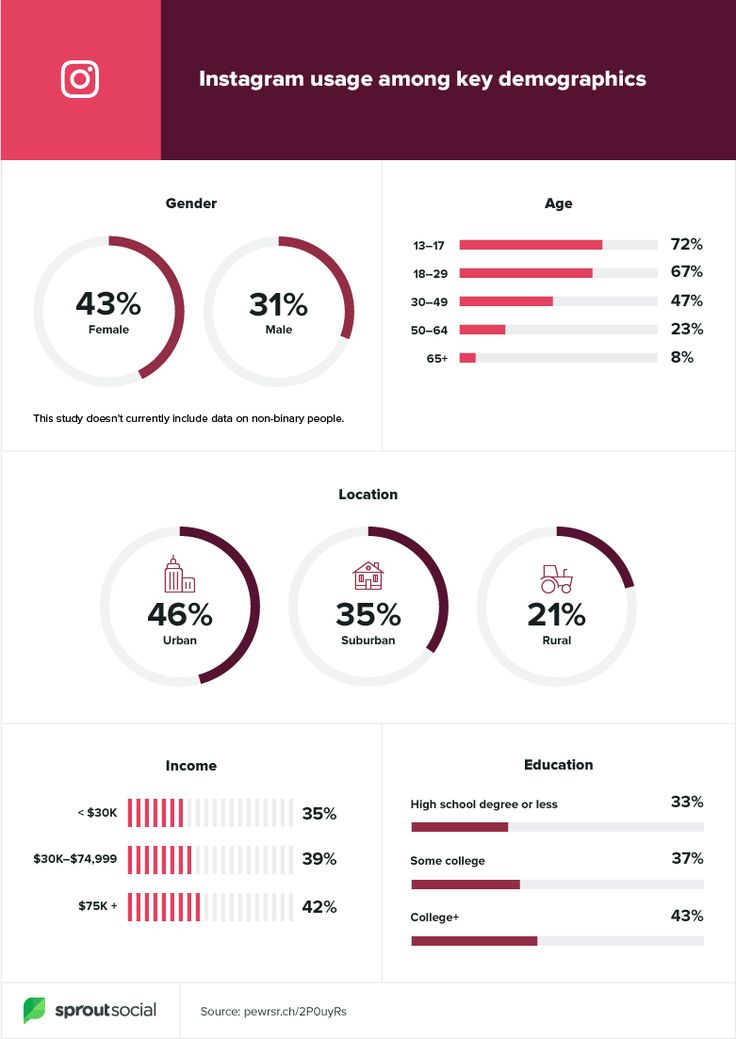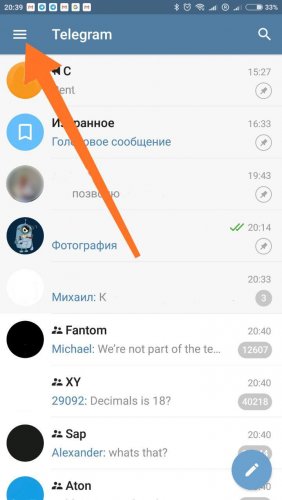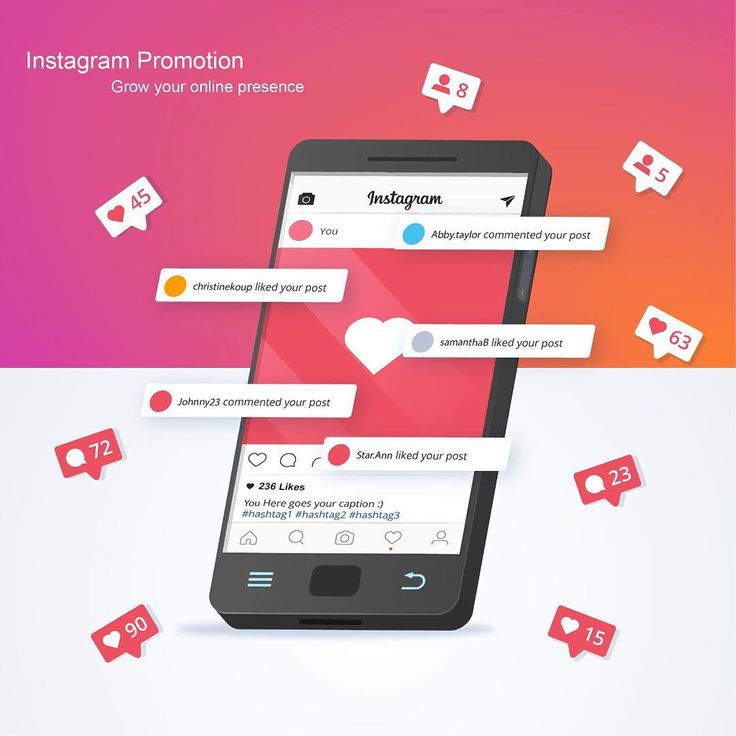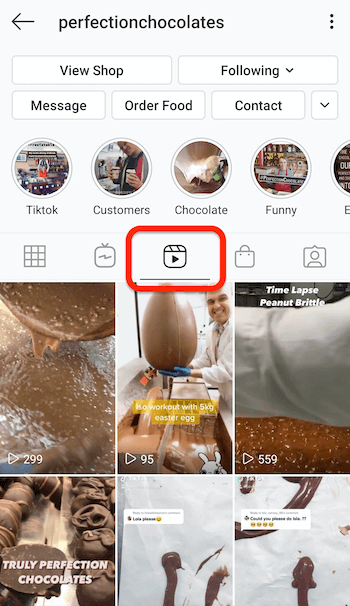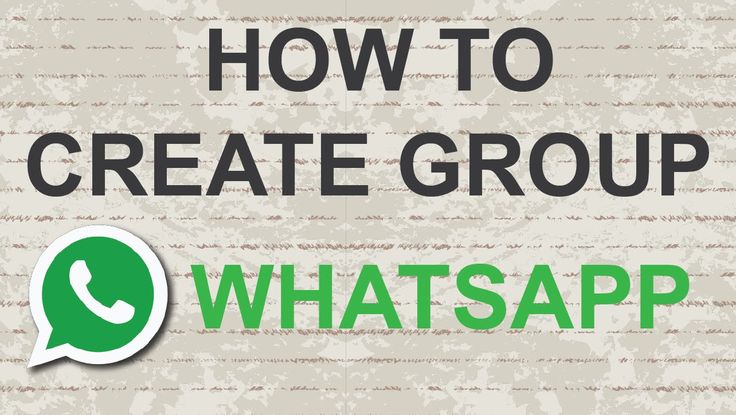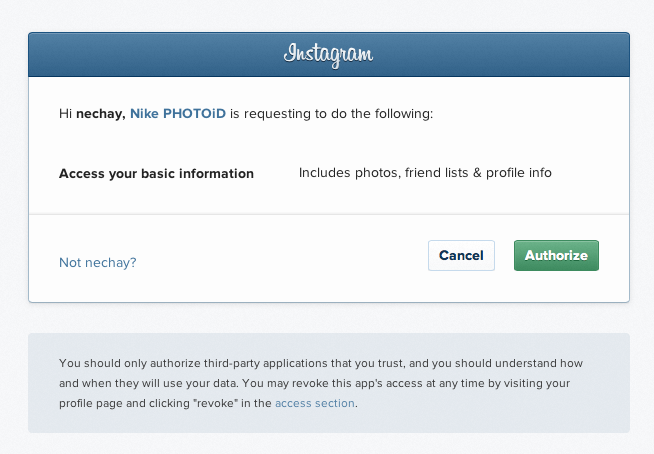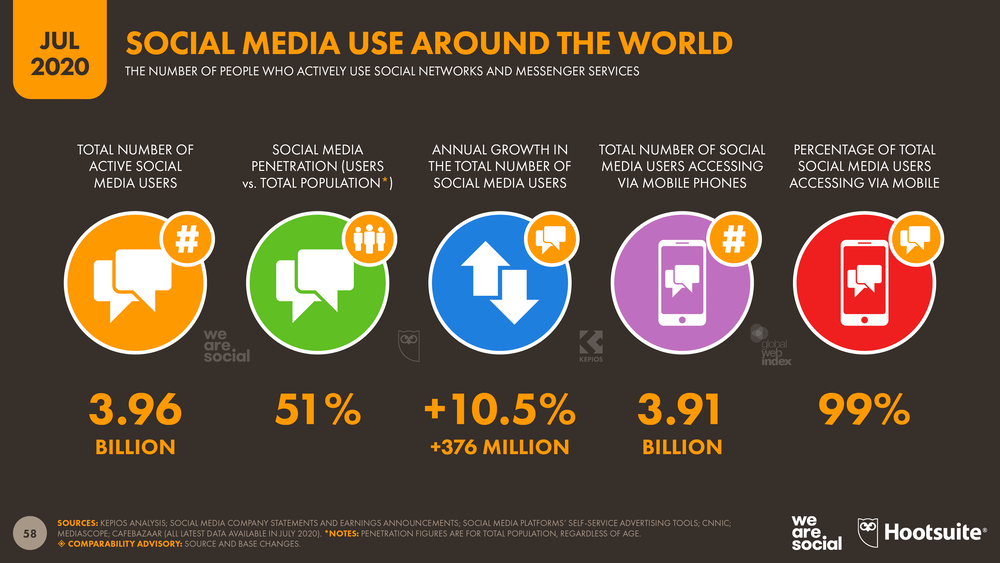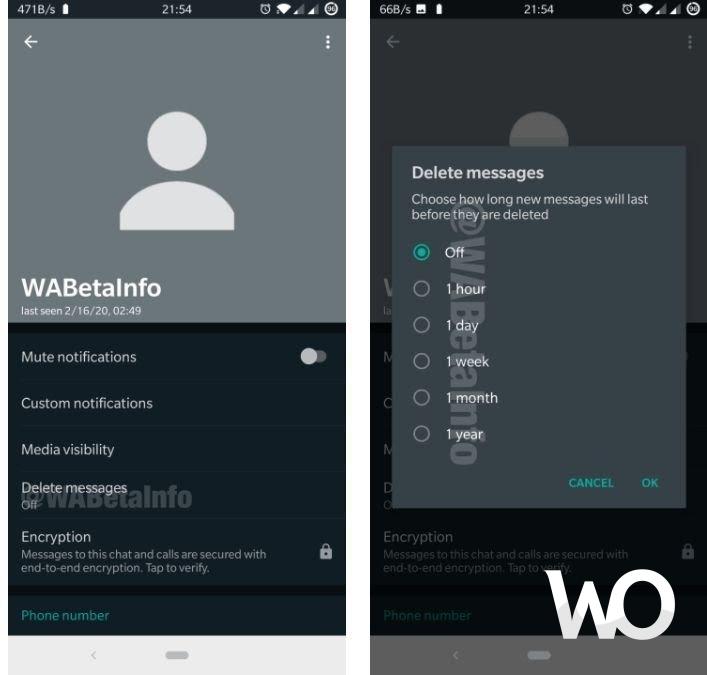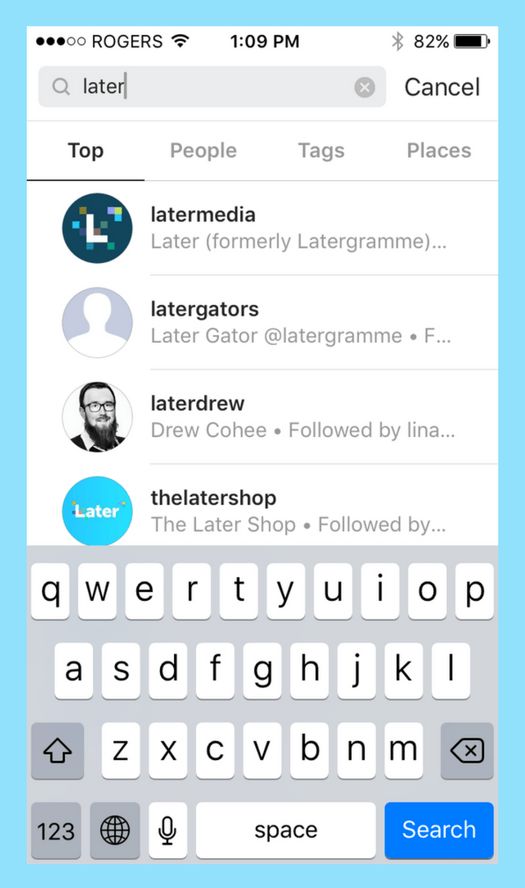How much are instagram ads 2020
The 2021 Guide to Instagram Ad Costs
Do you remember in 2012 when Mark Zuckerberg bought Instagram for $1 billion? It was a gamble. At the time of the acquisition, the platform was valued at half the purchase price, had 30 million users, and wasn’t generating revenue. Six years after the acquisition, Bloomberg estimated Instagram at 100 times that.
Today, the platform has over 1 billion active users worldwide with diverse demographics, behaviors, interests, and habits — making it prime territory for targeted advertising.
Instagram advertising is a fascinating process that involves competition, calculation, capital, and strategy. Let’s discuss how these factors influence costs, so you can decide how to implement Instagram advertising into your overall budget spend this year.
How much do Instagram ads cost?
The cost for Instagram ads hovers between $0.70 to $1 per click on average. That being said, costs tend to vary based on a variety of factors, such as industry, location, and ad placement. More competitive industries and demographics generally have higher advertising costs. In some cases, Instagram ads can exceed $5 per click.
Advertising on Instagram can be an accurate and effective way of reaching the right prospects at various stages in their buyer’s journeys. If done right, your business can leverage the platform to generate interest in your products or services and turn users into customers.
But, how should you approach placing ads on the platform? What should your budget look like? And who should you be targeting?
You’ll need to answer those questions before launching your campaign. But before you approach any of them, you have to understand how the platform calculates advertising costs.
How are Instagram ad costs determined?
Instagram ads are bought on an auction bidding system that ultimately dictates their prices. An advertiser starts by establishing their campaign budget and submitting a bid.
Budgets are exactly what they sound like — the total amount of money a company is willing to allocate for an entire campaign.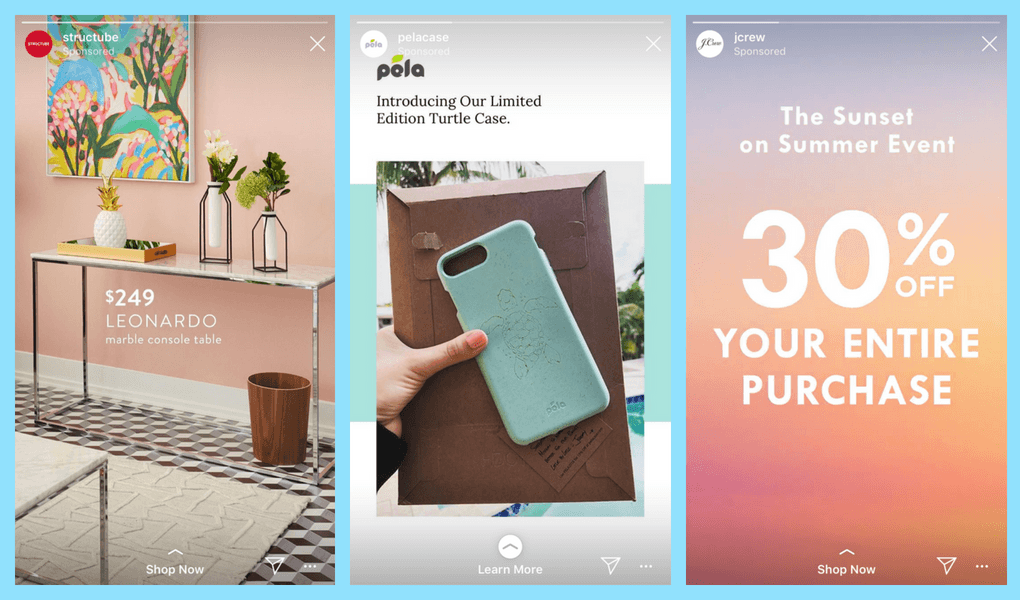 A budget is structured either on a daily basis or by the total cost of a campaign lifecycle.
A budget is structured either on a daily basis or by the total cost of a campaign lifecycle.
Bids are the maximum amount of money a company is willing to spend on each user that completes the ad objective. That objective could include anything from viewing a video to clicking on a website link to downloading a mobile application.
Ultimately, objectives always revolve around improving brand awareness, driving consideration, or converting potential leads.
In an auction, Instagram determines which advertisement will create the most value for its users and selects a winner on that basis. That value is established by three primary factors:
- The advertiser’s bid amount
- How likely a user is to complete the specific action the ad is optimized for, otherwise known as estimated action rates
- How likely a user is to be interested in the ad itself, otherwise known as ad quality and relevance
As the winner, you get to place your ad in the space your competitors were vying for.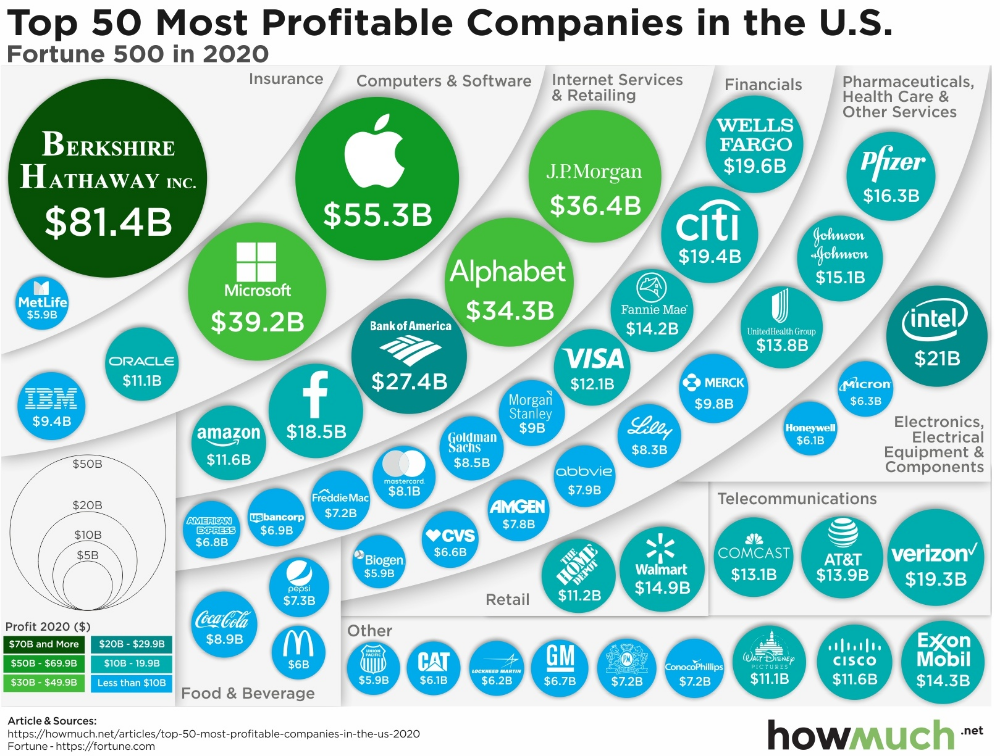 You are charged on a cost-per-click (CPC) basis, and your ads remain live until your budget runs out. During your campaign, you can track your campaign performance using an analytics tool, like HubSpot’s Ads Software tool.
You are charged on a cost-per-click (CPC) basis, and your ads remain live until your budget runs out. During your campaign, you can track your campaign performance using an analytics tool, like HubSpot’s Ads Software tool.
The amount of money it takes to win that auction will depend on the demographics you’re targeting, time constraints, and strategic placement within the app. More on that in the following section.
What can make Instagram ad costs vary?
Age Range
It’s no secret that Generation Z’ers, millennials, and boomers probably will engage with your ads in completely different ways. A clothing brand selling pleated khakis and golf shirts will likely perform better with mature prospects watching PGA Tour videos than 13-year-olds scrolling through SpongeBob memes.
Additionally, users in different age brackets have varying online behaviors, with some spending much more time than others on social media. This means that certain age ranges will be more lucrative and, in turn, more competitive for Instagram ad placements.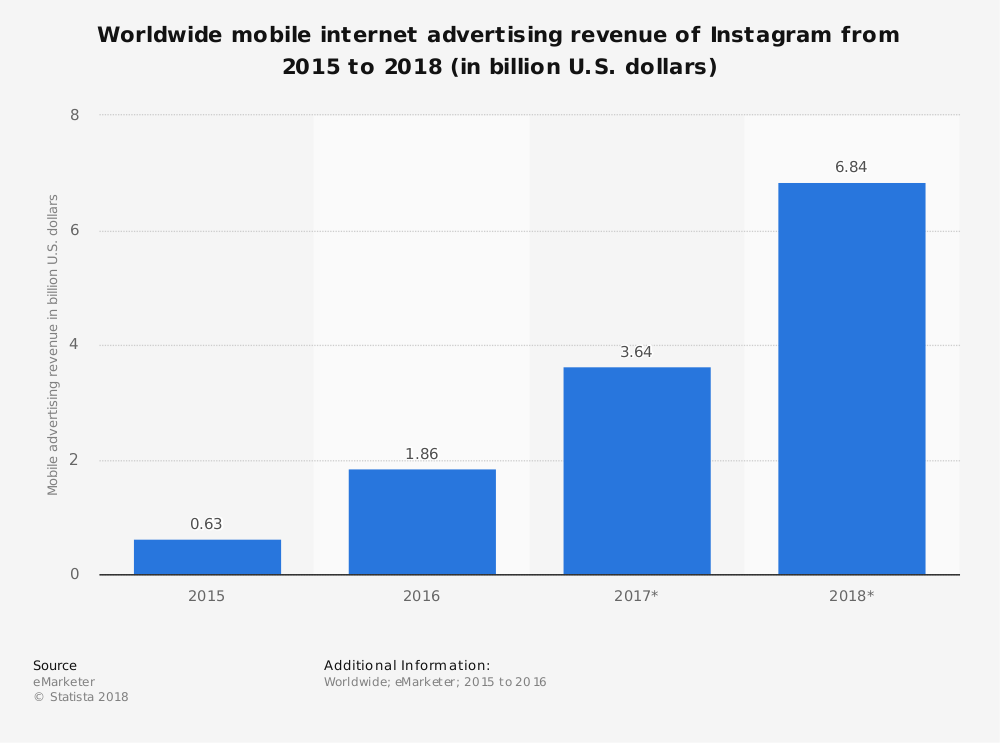
Timeframe
Instagram ad prices fluctuate based on the time of day, day of the week, and time of year.
When posting on the timeline or on stories, brands take into account the days and times, as that has an impact on how the content performs. Unsurprisingly, advertising prices also consider user activity and fluctuate prices based on this.
Cost-per-click can also shift as the year progresses.
With each season comes different spending habits along with the rise and fall of certain brands’ popularity. For instance, air conditioning companies likely garner more interest in the summer months than they do in the dead of winter.
On that same token, it may cost more to advertise in the weeks leading up to Christmas and Black Friday compared to other weeks in the year.
Consumer interests and habits change with the seasons — and Instagram ad costs typically follow suit.
Gender
As of 2021, 50.8 % of Instagram users identify as female, while 49. 2% identify as male. Though that difference may seem unremarkable, it can have some meaningful implications on how much Instagram ads cost. Remember — over a billion people use the application, so a 1.6% discrepancy isn’t trivial.
2% identify as male. Though that difference may seem unremarkable, it can have some meaningful implications on how much Instagram ads cost. Remember — over a billion people use the application, so a 1.6% discrepancy isn’t trivial.
That difference — among other factors – can account for slight cost discrepancies between Instagram ads targeting women and those targeting men. Though the gap in cost-per-click for men and women might be as small as a few cents, that can add up to dollars quickly.
Ad Placement
The placement and advertisement type within the platform impact your ad’s cost-per-click. Ads in Instagram stories tend to be less expensive than feed placements.
However, some experts — including HubSpot Senior Marketing Manager Jillian Hope — suggest designing unique ads for both stories and feed placements to get the most efficient results for your budget.
Ultimately, paying fair prices to reach your targeted users takes some finesse. There’s no definitive answer to how much Instagram ads cost, as multiple elements play a role.
So while you’ll never know exactly how much your Instagram ads will cost, you should understand the factors that could shape the way you advertise and build your advertising strategy around them.
Topics: Instagram Marketing
Don't forget to share this post!
How Much Do Instagram Ads Cost in 2022? (+ How to Save)
While Facebook and Instagram advertising work using the same Ads Manager, their respective advertising costs vary. With Facebook being around longer, having more data, and more ad placements compared to its younger adopted sibling platform, we do find that more often than not, Instagram is slightly more expensive than Facebook in some instances. While that is the case, don’t let it deter you from exploring this lucrative and effective visual counterpart in the Facebook ecosystem. With fewer ad placements, increased competition for impression share, you may pay slightly more to use Instagram, but you may also pleasantly see it being much more cost-effective than the results you’re getting with Facebook.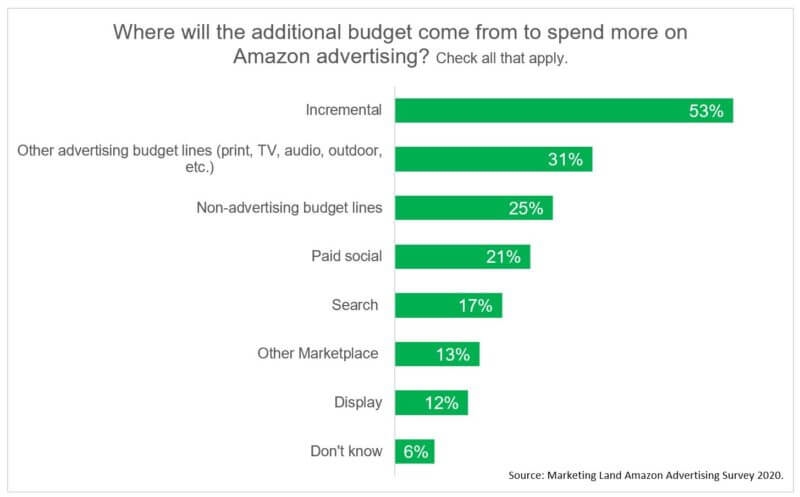
Paid advertising is a powerful marketing tool on Instagram and complements what brands are able to do in their Feeds, Stories, and Explore tabs. While Reels and IGTV don’t yet have ad placements, we may very well see them added as placement as the platform continues to scale and the need for more impressions comes about. Like Facebook ads, Instagram ads offer advanced targeting and flexibility so as to be accessible for just about any business. If this visual platform is a popular channel for your target audience, you may want to advertise on Instagram. To help you understand the cost, we’re going to cover:
- How Instagram ads work.
- What makes Instagram advertising worth the price.
- Factors that influence Instagram ad costs.
- Average cost per click, cost per engagement, and cost per thousand impressions on Instagram.
- Ways to keep your Instagram ad costs down
Read on to learn about the workings, advantages, and cost of advertising on Instagram this year.
How do Instagram ads work?
Depending on your campaign objective, ads appearing on Instagram can have up to 18 call-to-action button options, can link to your website, and give users options to download applications or shop online stores.
You don’t actually even need an Instagram account to advertise on Instagram. Since Facebook is its parent company, all you need a Facebook Business Page. However, it is best to have an Instagram account so you can familiarize yourself with content that resonates best with your target audience and complement and amplify your organic Instagram marketing efforts.
To set up Instagram Ads, use Facebook’s Ads Manager to set up campaigns, ad sets where you select your budget, target audience, ad placements, and optimization options. Similar to Facebook Ads, your ads will run within the selected time frame, budget parameters, audience selection, and optimization goals.
What makes Instagram advertising worth the price?
Advertising on social media brings many benefits, and there are some particular benefits of paying for ad impressions on Instagram rather than simply running campaigns and promotions directly from your business’s account.
Advanced targeting
With over 1 billion monthly users, Instagram ranks second after Facebook. These platforms have an incredibly robust arsenal of targeting data and since Facebook owns Instagram, Instagram advertising utilizes the same comprehensive demographic and geographic data. This advanced targeting is what makes Facebook Ads work so well, as you can be incredibly prescriptive when targeting various audiences. Whether you are utilizing Facebook’s native audiences based on interests, behaviors, or other demographics, or utilizing your own custom audiences that utilize your Pixel or SDK, email lists, or other sources, you can find success in reaching the right people in your prospecting and retargeting campaigns.
Higher engagement rates
Instagram is known for its high engagement rates—organically and through paid ads. Images on Instagram receive an average of 23% more engagement than when shared on Facebook. When it comes to organic engagement, brands on Instagram say that they have about 4% of their followers seeing their content compared to the nearly non-existent organic reach that Facebook has today.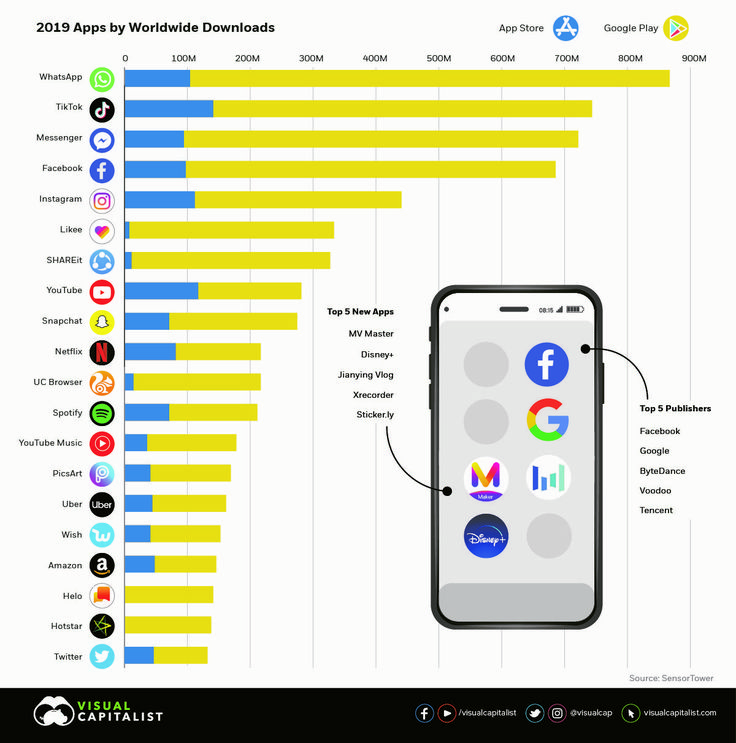 While it’s better, it’s still wise to pay to play in order to expand your reach and visibility with paid ads. While any form of visual content can perform well, brands typically see more engagement on video ads—about 38% more. As a visual platform, images and videos are powerful in driving more engagement than on other more text-based social platforms.
While it’s better, it’s still wise to pay to play in order to expand your reach and visibility with paid ads. While any form of visual content can perform well, brands typically see more engagement on video ads—about 38% more. As a visual platform, images and videos are powerful in driving more engagement than on other more text-based social platforms.
External links
Instagram does not currently allow clickable links in organic posts. You can include a link in your caption or message, but the recipient has to copy and paste it into their browser or visit the link in your Instagram bio. With Instagram advertising, you can include outside links, which enables you to designate a destination URL to your website or another external URL. To be able to better track website traffic from your Instagram Ads, it’s recommended to use your own domain as you should have your Pixel implemented there, whereas you may not have it on other website URLs that you don’t control.
Longer videos
Instagram Feed and Explore video can be up to 60 seconds in duration and while Stories are typically up to 15 seconds in duration, if you run ads in these three ad placements, you can have up to 2 minutes of video content. This gives you more opportunity to convey both your brand and the features and benefits of your offer through your products and/or services.
This gives you more opportunity to convey both your brand and the features and benefits of your offer through your products and/or services.
How much do Instagram ads cost?
Let’s take a look at the average cost per click, cost per engagement, and cost per thousand impressions on Instagram.
Instagram cost per click (CPC)
For all metrics, Instagram cost per click in 2021 ranges from $0.40-$0.70. This takes into account all clicks that happen on an ad, which includes not only link clicks, but likes/reactions, comments, and shares.
For ads that have a destination URL, Instagram cost per click in 2021 ranges from $0.50-$0.95.
Instagram cost per engagement (CPE)
Instagram cost per engagement in 2021 ranges from $0.01-0.05.
Instagram cost per thousand impressions (CPM)
Instagram cost per one thousand impressions in 2021 ranges between $2.50-$3.50 for better-performing campaigns and their respective ad sets.
When it comes to CPMs, our findings show that Facebook tends to be higher than Instagram, by nearly 2x but CPCs tend to be lower by nearly half on Facebook compared to Instagram.
Image via AdEspresso
Facebook vs Instagram advertising costs
While Facebook and Instagram advertising work using the same Ads Manager, their respective advertising costs vary (see how much it costs to advertise on Facebook in 2021 here). With Facebook being around longer, having more data, and more ad placements compared to its younger adopted sibling platform, we do find that more often than not, Instagram is slightly more expensive than Facebook in some instances.
While that is the case, don’t let it deter you from exploring this lucrative and effective visual counterpart in the Facebook ecosystem. With fewer ad placements and increased competition for impression share, you may pay slightly more to use Instagram, but you may also pleasantly see it being much more cost-effective than the results you’re getting with Facebook.
Factors that influence Instagram ads costs
Similar to other platforms, Instagram ad pricing is influenced by a number of variables.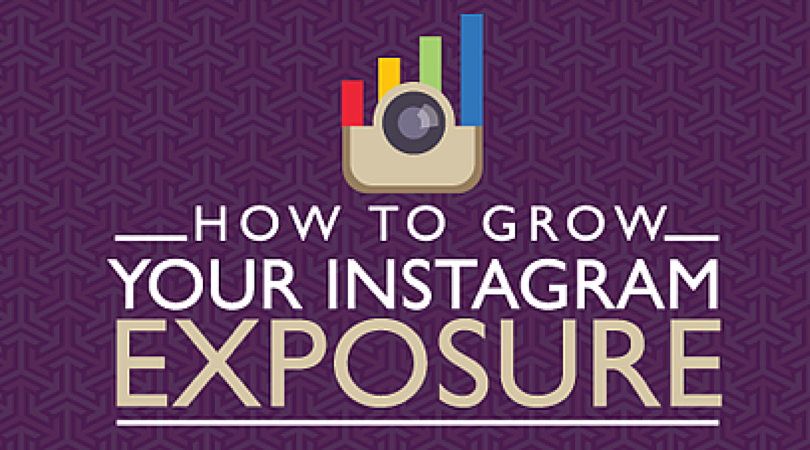
Campaign objective
Campaign objectives can cause your advertising costs to be automatically higher or lower, depending on which you choose and how it relates to where your target audience is in the funnel.
For example, if you select a brand awareness campaign objective, it will be lower in cost than something lower down the funnel and that has a higher value objective, such as conversions. Having broader, colder audiences see your ad to drive brand awareness is a lower-value action compared to targeting a user further down funnel—who are more familiar with your brand and offerings, and ready to open their wallet or take a higher-value action.
Audience size
If you are targeting broader audiences, they are typically lower in cost as there is less competition for a group of people. As you narrow your audiences, perhaps by reducing their geotargeting or age ranges, you may see the price go up as competition for those eyeballs increases in parallel. Retargeting audiences are typically smaller as well, hence why we often see higher costs in retargeting campaigns.
Budget
Budget also influences Instagram ad costs because if you have a small budget, it may take longer to get out of the Learning Phase if your campaign or ad set is starting anew. Costs may be more expensive at first before the system learns and understands your campaign type and optimization goals, and how your audience engages with your ads. If your ads are well engaged with, Facebook and Instagram will reward you with lower costs over time.
Click-through rate
If CTR is low, then we may see higher costs as the system thinks there may be some disconnect between your target audience and what you’re messaging in your ads. You want your ads to resonate with your target audience and CTR Is a strong indicator of that. Aim for a healthy CTR which is about 2%. If you have a healthy CTR, you should see your costs decrease.
How to lower your Instagram ads costs
Make the most of your budget by selecting funnel-appropriate campaign objectives to start. If you are targeting colder, broader, prospecting audiences, test less expensive campaigns to introduce your brand to audiences with an awareness, engagement, or better yet, a website traffic campaign so that these users leave Instagram and get to your website and tagged with the Pixel so you can later retarget them if they don’t convert on that first click. If you’re new to Instagram Ads, you can drive sales from the first interaction and click, but more often than not, users will need to have several interactions with your brands in order to develop trust, perhaps do some shopping and comparing, and then come back to you through retargeting or other means to open up their wallets. If you have a low-cost product that doesn’t need much research, impulse buys can be successful from Instagram.
If you are targeting colder, broader, prospecting audiences, test less expensive campaigns to introduce your brand to audiences with an awareness, engagement, or better yet, a website traffic campaign so that these users leave Instagram and get to your website and tagged with the Pixel so you can later retarget them if they don’t convert on that first click. If you’re new to Instagram Ads, you can drive sales from the first interaction and click, but more often than not, users will need to have several interactions with your brands in order to develop trust, perhaps do some shopping and comparing, and then come back to you through retargeting or other means to open up their wallets. If you have a low-cost product that doesn’t need much research, impulse buys can be successful from Instagram.
Another way to lower your Instagram costs is to use automatic placements in the ad set level and serve across both Facebook and Instagram. By having more placement liquidity, the system can use its algorithm to determine where to best serve your ads, thus giving them more options across both platforms and more ad placements, thus, lowering competition on Instagram’s three current ad placements, thus lowering your costs.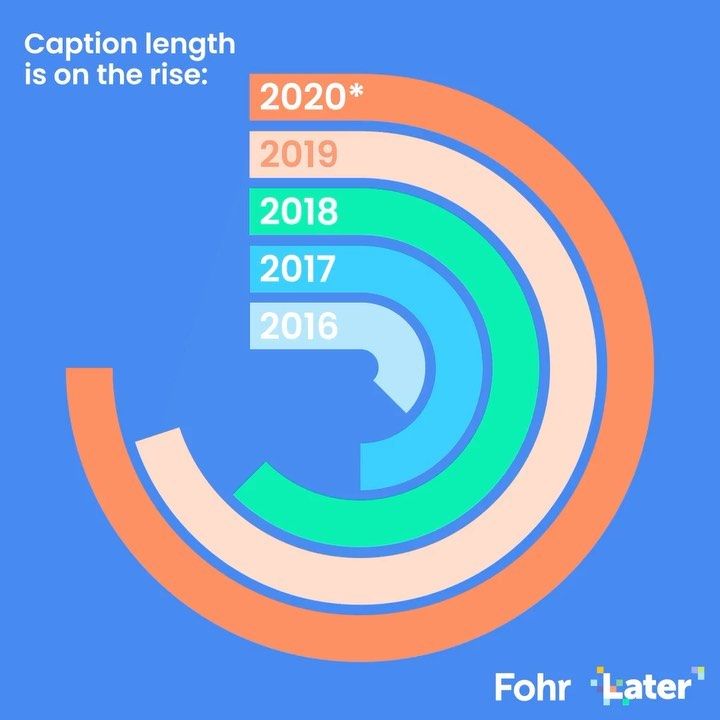
You will also want to test audiences with different ad variations by testing the different lines of ad copy and creatives – images and videos. By running tests, you can learn what resonates with your audiences and it can help improve your engagement rates and CTR, thus, also helping lower your costs and making your budget go further.
How much do Instagram ads cost? [recap]
Instagram continues to grow and the advertising options only become more robust. It’s not yet saturated and it’s safe to assume that more ad placements will come our way.
Give Instagram Ads a test and see how it fairs in comparison to Facebook Ads and other advertising platforms you may be running on. It may end up being an important part of your funnel by driving more brand awareness and engagement or it may end up bringing a primary source of revenue.
- Instagram ads cost per click: $0.40-$0.70 (link clicks, likes, reactions, comments, shares)
- Instagram ads cost per click to destination URL: $0.
 50-$0.95.
50-$0.95. - Instagram ads cost per engagement: $0.01-0.05.
- Instagram ads cost per thousand impressions: $2.50-$3.50
Want more cost information? Check out similar posts:
- How Much Does Google Ads Cost?
- How Much Do Facebook Ads Cost?
❗Paid advertising on Instagram and how to use it effectively
Even though Facebook and Instagram ads are set up using the same Ads Manager control center, the advertising costs differ on these social networks. Because Facebook has been around longer, has more data and more ad space than its younger sibling, Instagram will indeed cost a bit more in some cases. But this fact should by no means be a reason to refuse to explore the possibilities of such an attractive and effective application that perfectly complements the Facebook ecosystem. Using Instagram may be slightly more costly due to fewer ad spaces and increased competition for impression share, but in terms of overall performance, it can also significantly outperform Facebook. nine0003
nine0003
Paid advertising on Instagram is a powerful marketing tool that complements the ability of companies to fill the feed, stories and "Interesting" section.
As the platform matures and the need for more impressions arises, ads may well be added to the Reels and InstaGram TV services.
Advertising on Instagram, just like on Facebook, has flexible settings and advanced targeting functions, which makes it available for almost any business. If this visual platform is popular among a certain target audience, then you should think about placing ads there. To help guide you, the following questions will be discussed below:
- How does Instagram advertising work?
- Why is she worth the money? How to get the most out of your ad budget
How does advertising work in Instagram ?Depending on the purpose of the campaign, advertising broadcast on Instagram can:
- have up to 18 call-to-action button options;
- transfer the user to a specific site;
- allow users to download applications or make purchases in online stores.

You don't even need an account. Since the service is owned by Facebook Inc, the only thing required is a Facebook business page. However, the benefit of having an Instagram account is still there: thanks to it, it will be possible to get acquainted with the content that best suits the preferences of the target audience, as well as complement and improve the marketing efforts undertaken. nine0003
Use the Ads Manager tool to configure your future ads. With it, you can set up advertising campaigns, ad groups, for which you can specify the size of the budget, select the target audience, ad placements, and optimization options.
As with Facebook, Instagram ads will perform according to your chosen time frame, budget, audience, and optimization goals.
Why advertising at Instagram worth the money?Social media advertising is very useful, in particular the payment for advertising impressions on Instagram, which is especially beneficial compared to the usual running of campaigns or promotions directly from the organization's account.
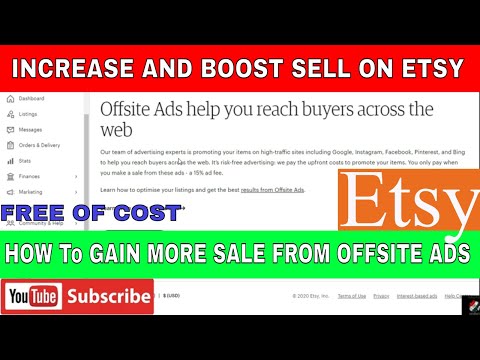
Advanced targetingWith a monthly audience of over 1 billion users, Instagram is second only to Facebook. Both platforms have an incredibly powerful arsenal of targeting data, and since Instagram is part of Facebook, Instagram ads take full advantage of a combined array of demographic and geographic statistics. Facebook ads are highly effective precisely because of advanced targeting, which provides the opportunity for fine-tuning when focusing on different consumer audiences. Whether used:
- native Facebook customizations suggested based on interests, behaviors, and other demographics,
- or building your own custom audience using Facebook Pixel toolkit or SDK, email lists, other sources, it is possible to succeed in attracting the right people in the process of conducting retargeting campaigns and finding new customers.
Higher engagement ratesOne of the factors behind Instagram's popularity is its high engagement rate, both organic and through paid advertising.
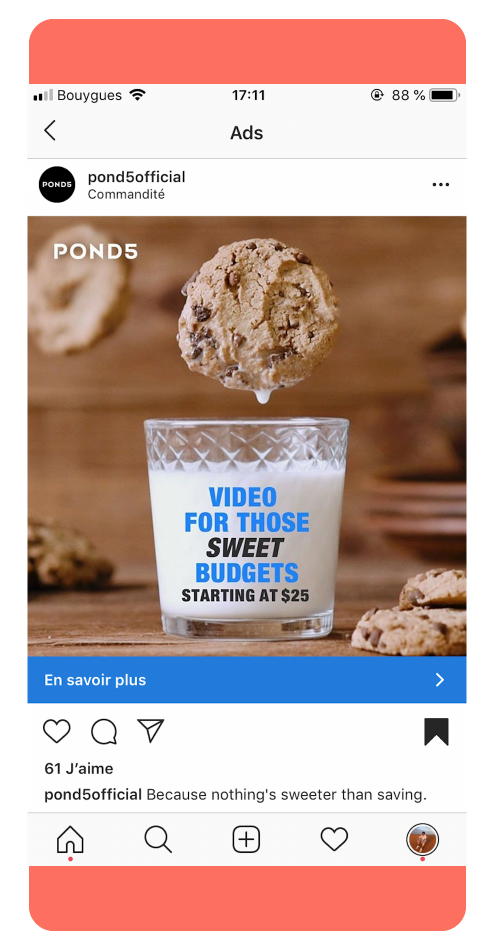
Images posted on Instagram get 23% more attention on average than on Facebook.
In terms of organic engagement, Facebook has almost no organic reach, while the content of large companies that are present on Instagram is regularly viewed by about 4% of followers. While it's better than nothing, it's a smart move to invest more in paid advertising to increase your visibility and reach. Decent results can be achieved using any form of visual content, but video advertising is more attractive in terms of engagement (by about 38%) for many businesses. Images and videos that form the visual basis of Instagram are much more effective in attracting attention compared to platforms degrees focused on textual representation of information. nine0003
External linksInstagram does not currently support hyperlinks in regular posts. You can include the link in the header or body of the message, but the recipient must manually copy and paste it into their browser or follow the link in the profile description.
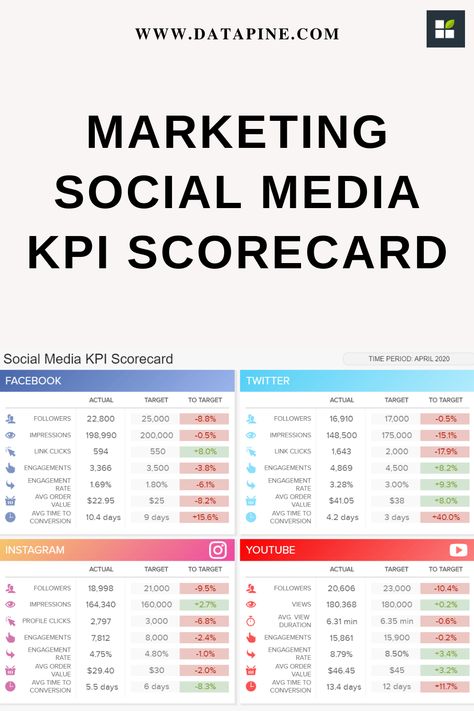 When you connect paid advertising, you can add external links, which allows you to specify a specific website or other external URL as the target address. To be able to better track conversions from Instagram ads, it is recommended that you use your own site with a pre-configured Facebook Pixel, as it may not be available on third-party sites. nine0003
When you connect paid advertising, you can add external links, which allows you to specify a specific website or other external URL as the target address. To be able to better track conversions from Instagram ads, it is recommended that you use your own site with a pre-configured Facebook Pixel, as it may not be available on third-party sites. nine0003
Longer videosVideos can be up to 60 seconds long in the feed and Explore tab, and up to 15 seconds in story mode. Accordingly, if advertising is launched in all these places at once, then in total you can get up to 2 minutes of video content. This gives more opportunities to present not only the brand itself, but the features and benefits of the offer through a visual presentation of products and / or services. nine0003
How much will advertising cost?If there is a target URL, the cost per conversion for the Link Clicks metric will range from $0.50 to $0.
 95. The CPC for the "Clicks (all)" metric is slightly lower, ranging from $0.40 to $0.70.
95. The CPC for the "Clicks (all)" metric is slightly lower, ranging from $0.40 to $0.70. This metric takes into account all clicks on an ad, including not only clicks, but also likes, reactions, comments and reposts. In terms of cost per thousand impressions (CPM), starting January 1, 2021, you will need to spend at least $2.50 - $3.50 to run the most effective campaigns with eligible ad sets. Engagement costs will be $0.01 - $0.05. nine0003
The data also shows that CPMs on Facebook are almost 2 times higher than on Instagram, while CPCs are typically half as much.
Pricing FactorsInstagram ad pricing, like other platforms, depends on a number of variables. The costs can vary significantly depending on what is chosen as the goal of the advertising campaign, and how this goal correlates with the position that the target audience occupies in the sales funnel. If the goal of the campaign is to increase brand awareness, then it will cost less than the action located lower in the funnel and, accordingly, with more value (for example, conversions).
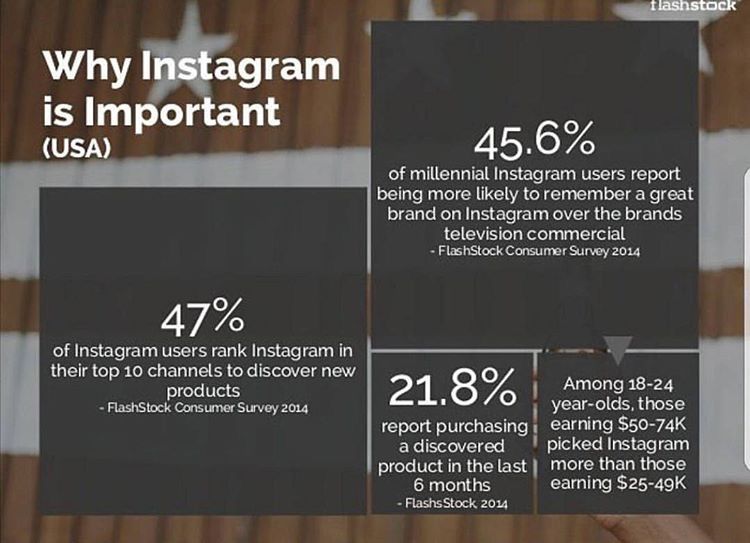 Showing ads to a wide and cold audience to better educate them about the brand will be less valuable than when a certain number of potential customers familiar with the product and offers have already moved closer to the bottom of the funnel. These people are willing to shell out or take a higher value action in a retargeting-focused conversion campaign that can be optimized for purchases. nine0003
Showing ads to a wide and cold audience to better educate them about the brand will be less valuable than when a certain number of potential customers familiar with the product and offers have already moved closer to the bottom of the funnel. These people are willing to shell out or take a higher value action in a retargeting-focused conversion campaign that can be optimized for purchases. nine0003 Other variables that play a role in determining advertising prices include audience size. Reaching a wider audience will generally be cheaper as there is less competition for groups of people. And vice versa, as the audience narrows, for example, due to the clarification of geotargeting parameters or age limits, the price will grow in parallel with the increase in competition for its representatives. Retargeting audiences are usually small too, which is why retargeting campaigns often come with higher costs. nine0003
Pricing is also affected by the size of the budget. If it is small, and the advertising campaign or ad set is launched from scratch, then the exit from the learning phase may be delayed.
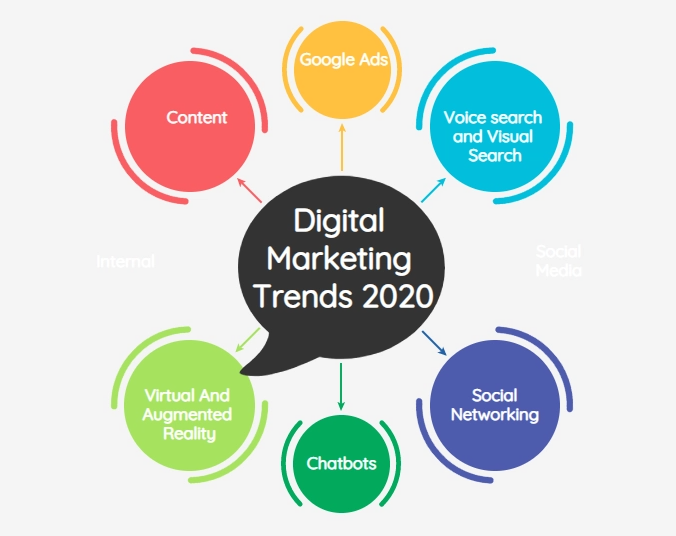 At first, until the system learns and understands the type of campaign, optimization goals, and how the audience reacts to advertising, the cost of advertising can be higher. If the ads are attractive enough, Facebook and Instagram will reward you with smaller ads over time.
At first, until the system learns and understands the type of campaign, optimization goals, and how the audience reacts to advertising, the cost of advertising can be higher. If the ads are attractive enough, Facebook and Instagram will reward you with smaller ads over time. Click-through rate (CTR) can be significant. If it is low, the cost may be higher because the system will assume that there is some mismatch between the content of the ads and the target audience. CTR is a reliable indicator of the extent to which an ad resonates with its target audience. nine0003
Approximately 2% is considered a normal CTR level, the achievement of which will allow counting on cost reduction.
How to save on advertising in InstagramFor the most efficient use of the budget, the first step is to determine the goals of the advertising campaign, which will be in line with the sales funnel. If the intent is to target a colder, broader audience, start with less expensive campaigns to provide more exposure to those potential customers who are already aware of or interested in the brand.
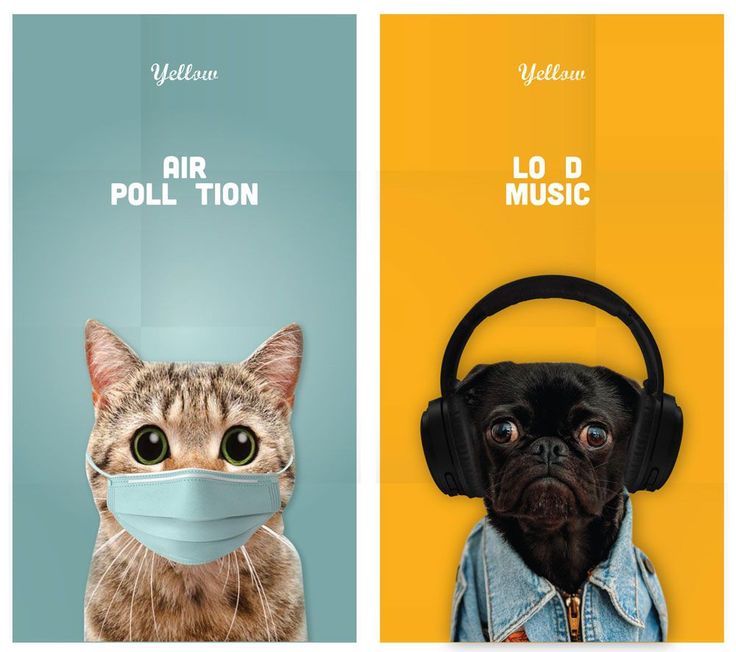 Better yet, test your website traffic campaign to get those users to visit your site from Instagram and be registered with the Facebook Pixel tool. This will provide an opportunity for their subsequent retargeting if the conversion does not occur at the previous stage. More often than not, users need to make several interactions with products, perhaps buy something and compare with competitors' offerings, before they have enough trust in the brand. Subsequently, these people will come back to you through retargeting or other means to finally make a purchase. Impulse buying can be successful if you sell an inexpensive product that does not require much market research. nine0003
Better yet, test your website traffic campaign to get those users to visit your site from Instagram and be registered with the Facebook Pixel tool. This will provide an opportunity for their subsequent retargeting if the conversion does not occur at the previous stage. More often than not, users need to make several interactions with products, perhaps buy something and compare with competitors' offerings, before they have enough trust in the brand. Subsequently, these people will come back to you through retargeting or other means to finally make a purchase. Impulse buying can be successful if you sell an inexpensive product that does not require much market research. nine0003 Another way to reduce costs is to use the automatic placement option in your Facebook and Instagram ad settings. With a wide margin for maneuver, the system can use its own algorithm to determine where it is best to place ads. The result is an increase in both the total number of options available across both platforms and the volume of ad impressions, reducing competition across three of Instagram's current ad placements (Feed, Stories, and Explore) and lowering costs.
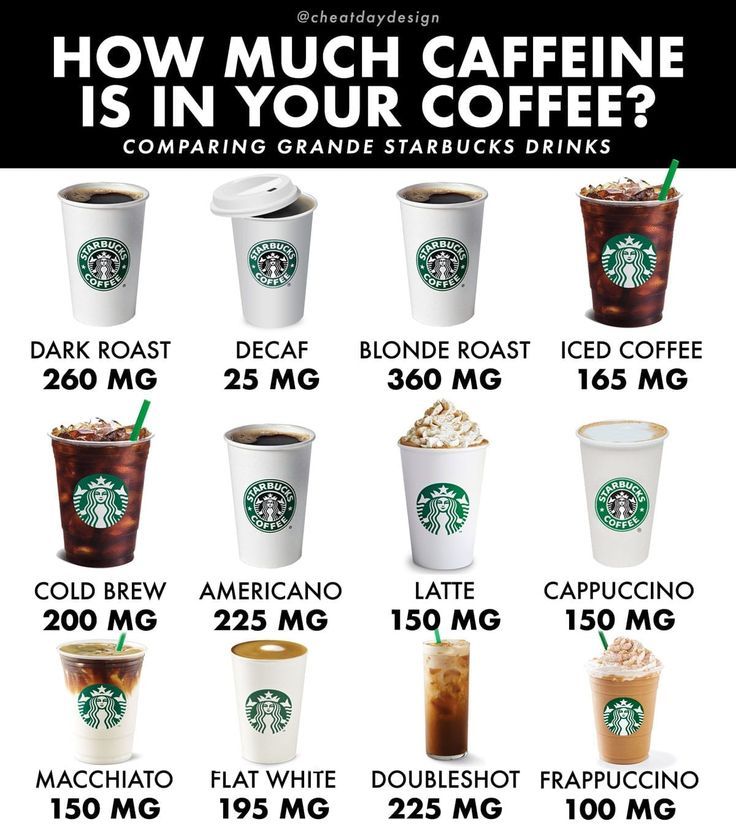 nine0003
nine0003 It makes sense to try different variations of ad copy and visual ads in the form of images and videos. This will help you understand what resonates with your audience, as well as improve engagement and CTR, which in turn will help reduce costs and increase your budget.
The prospects for advertising in Instagram in 2021The Instagram app continues to grow, and the opportunities for advertising in it become more and more functional. It is not yet saturated, and it is safe to assume that soon (hopefully this year) there will be more places to accommodate it. Try Instagram ads, compare them with ads on Facebook and other platforms. By driving brand engagement and awareness, it can become an important part of your sales funnel or even a major source of income. nine0003
The original text is available on the WordStream portal
Sign up for a consultation
Still have questions? We will analyze a simple task for free or conduct a consultation
View an example
Share:
How much to charge for advertising on Instagram
Today, in the accounts of Instagram bloggers, you can find ads from both start-up startups and large corporations.
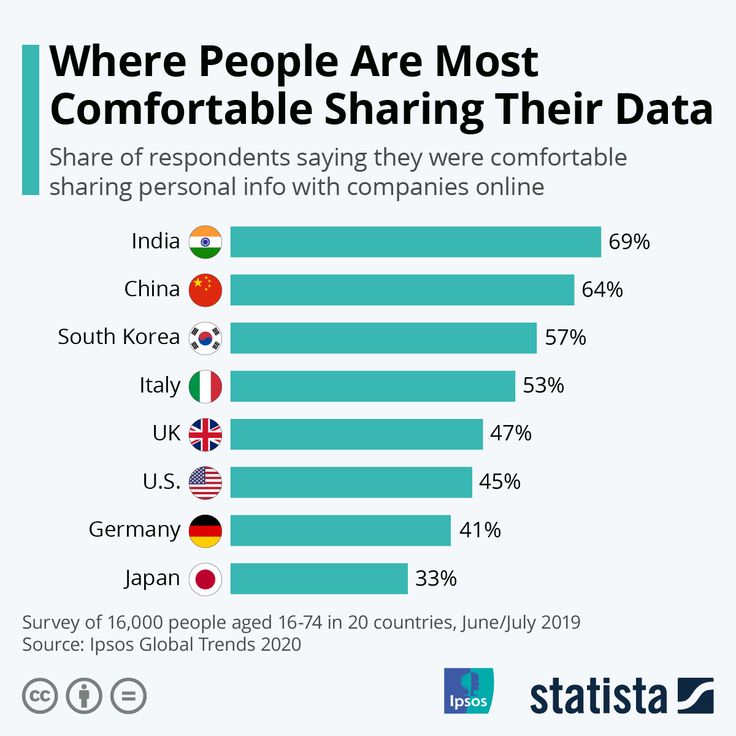 The price tag for one advertising post can vary from several hundred to several million dollars. Such a huge price range challenges all influencers in assessing the fair value of their services. We offer you to figure out how much to charge for advertising on Instagram, and on what factors the cost depends. nine0003
The price tag for one advertising post can vary from several hundred to several million dollars. Such a huge price range challenges all influencers in assessing the fair value of their services. We offer you to figure out how much to charge for advertising on Instagram, and on what factors the cost depends. nine0003 What you can get money for on Instagram
Influencer marketing continues to gain momentum. About 7 out of 10 users rely on the opinion of bloggers when making a decision. Influencers allow you to establish closer contact with the audience, drive huge streams of payback Internet traffic and improve sales.
Using these market trends and having an active audience on Instagram, you can earn money by promoting brands and their products. There are several options for earning:
- sponsored publications;
- affiliate marketing.
Let's consider each of them in more detail.
Sponsored post or story
Sponsored posts are one of the most popular ways to make money on Instagram.
Advertising with bloggers shows amazing cases, so brands of all calibers are looking to partner with influencers. And not only millionaire bloggers are in demand. Brands also turn to micro-influencers with up to 50K followers for advertising. nine0003
The task of the influencer in this case is to create and place high-quality advertising content in their account. The format of a sponsored post can be anything, from a simple photo with a product and a mention of the brand, as if by chance, to a full review.
Collaboration is based on individual advertising agreements between the brand and the account holder. The influencer chooses the cost of placing an advertising post independently based on several key parameters:
- volume of subscribers;
- audience engagement;
- demand.
Often, two more unpredictable concepts influence the cost - the blogger's personal desires and the ability to sell to his audience.
In determining the cost of an advertising post, a lot also depends on the format of advertising, the scale of the influencer, the brand budget, and product features.
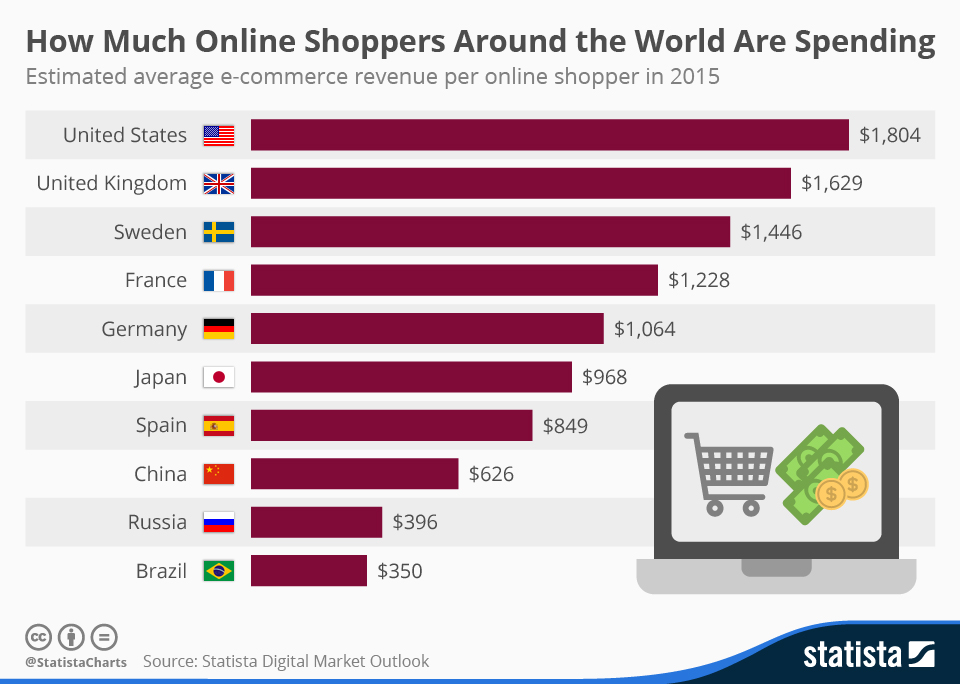 As a rule, the more difficult it is to advertise a product and the more time it takes to create content, the higher the cost of placing a sponsored post. nine0003
As a rule, the more difficult it is to advertise a product and the more time it takes to create content, the higher the cost of placing a sponsored post. nine0003 Affiliate marketing
Affiliate marketing involves earning a certain commission on the sale of partner products, attracting new customers. The task of the influencer in this case is to conduct a review, talk about the benefits of the product and add a referral link or a promo code for the purchase to the description. If users like the recommendation, they go to the partner's website and make a purchase, the blogger will receive a certain commission from the funds they spend.
Affiliate marketing has more flexibility than sponsored publications. A blogger can decide for himself what format of publications to choose, what, how, and when to write, but earnings also depend solely on the actions of the influencer himself. Working according to this scheme, it is important to choose the right products on offer so that they are ideally suited to your target audience.
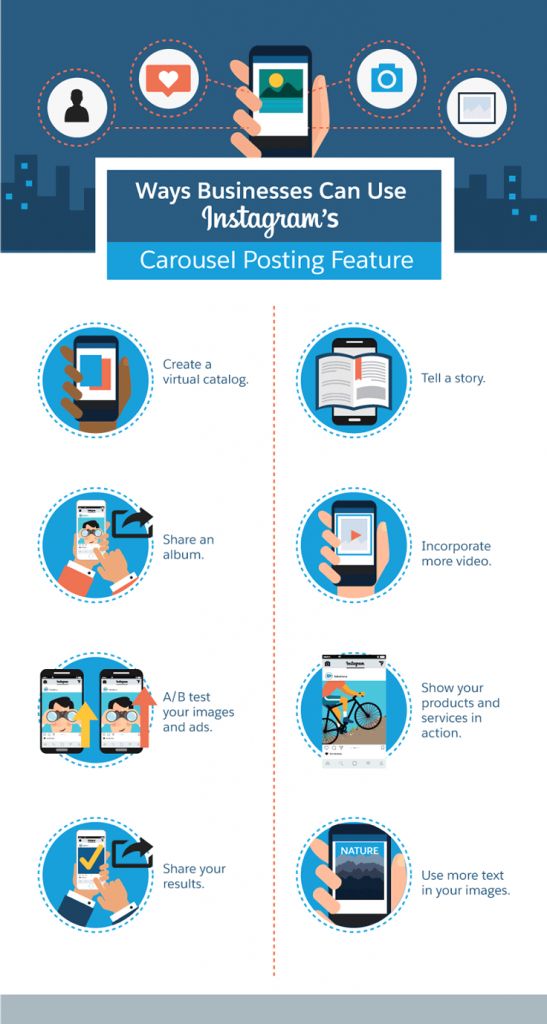 nine0003
nine0003 Assess the quality of the audience
When a brand pays you to post, it is actually buying views, likes, clicks from your target audience. And you have to be honest with the advertiser about what response you can offer. Selling your influence without actually having it is a recipe for disaster.
Therefore, before placing a price tag, you should definitely evaluate the quality of your audience. Detailed account audience analytics can be done from trendHERO .
The service allows:
- to find out the demographics of subscribers;
- compare the interests of your audience with the values of the brand;
- see how the number of subscribers grows;
- calculate the audience engagement score;
- Check your account for bots.
Advertisers now value quality over quantity. Nobody wants to overpay for bots in subscribers and “dead” souls, so before cooperation, you should definitely check the quality of your account.
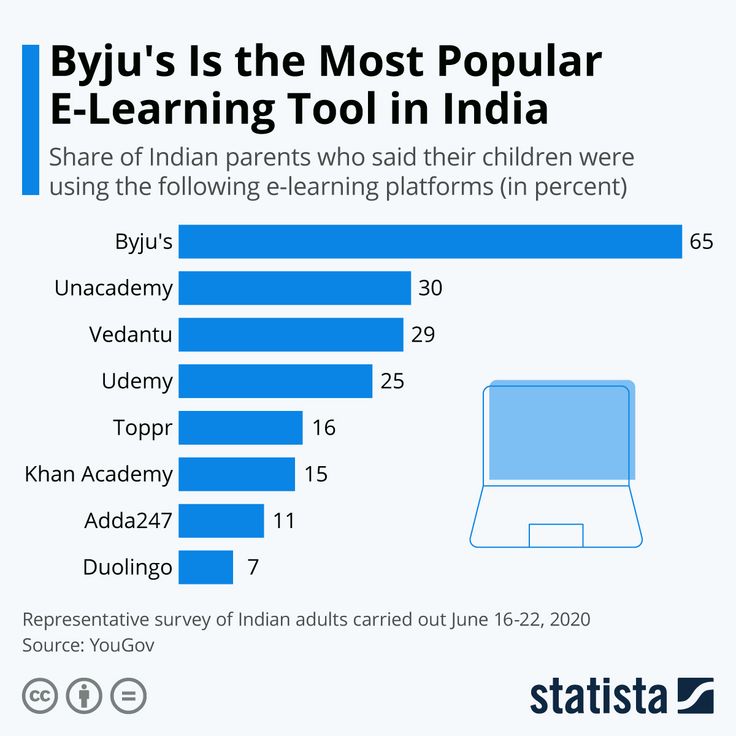 So, if necessary, you can increase the level of audience engagement, clean your account from bots, and avoid being blacklisted by unscrupulous bloggers. nine0003
So, if necessary, you can increase the level of audience engagement, clean your account from bots, and avoid being blacklisted by unscrupulous bloggers. nine0003 Please note that advertisers can get detailed profile statistics without you. Therefore, it makes no sense to hide cheated activity and subscribers.
How to calculate how much to charge for advertising?
The price of advertising depends on many factors:
- format;
- the quality and quantity of the audience;
- brand budget;
- influencer requests.
There is no single magic calculation formula suitable for everyone. Therefore, below we suggest that you familiarize yourself with several different ways to determine the cost of advertising on Instagram. nine0003
Pay by the hour
Pay by the hour is a good option for aspiring influencers who don't yet have a huge following but already know they can create quality content.
This is also a good option for those who post content that requires a lot more skill than just taking photos or videos.
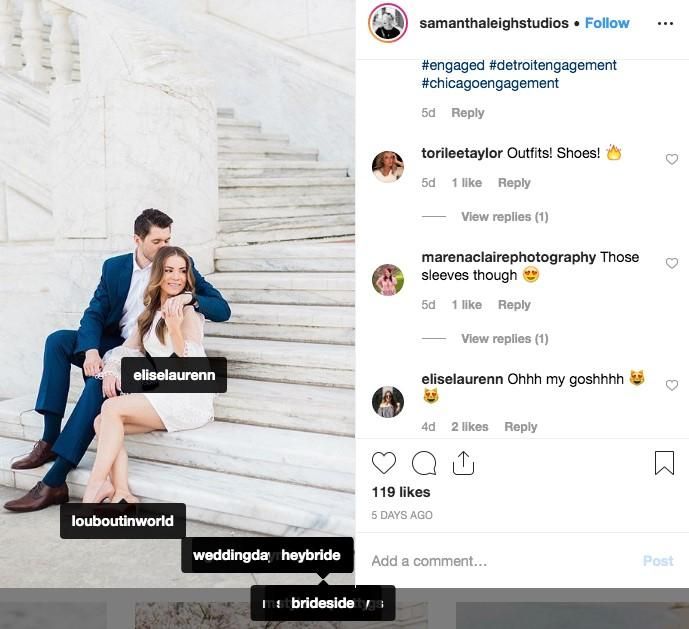 For example, if you conduct a full product review for your publications, apply technical editing skills, use special effects, drones, then it is logical that you should receive monetary compensation for your efforts and time spent. nine0003
For example, if you conduct a full product review for your publications, apply technical editing skills, use special effects, drones, then it is logical that you should receive monetary compensation for your efforts and time spent. nine0003 How much a blogger will charge for advertising in this case can be calculated using the following formula:
- Hourly rate * number of hours spent on content production + any additional costs.
Calculation example for creating a sponsored post at an hourly rate of $50:
- 30 minutes to research the brand and competitors;
- 60 minutes to generate a publication idea and determine creative direction;
- 45 minutes for product photography; nine0014
- 60 minutes for photo editing and retouching;
- 15 minutes to publish the material and write a signature to the post.
Total: 3.5 hours to create a publication is $175 to pay.
Additional expenses may be the cost of the necessary props, the cost of paying for the work of an assistant, travel and other expenses that the blogger incurred to create high-quality content.
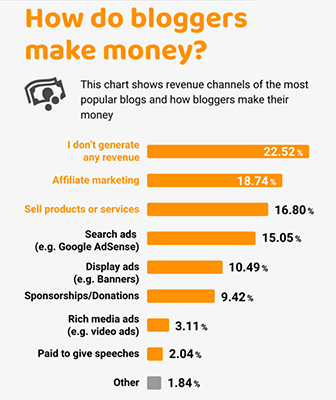
When invoicing, be sure to include all hours spent, from the time it takes to generate an idea. As for the additional costs, then everything is individual. For example, some even include in the price the travel time and the money spent on gasoline and the purchase of props. Others are frivolous about such calculations and perform minor duties just like that. nine0003
It's worth mentioning right off the bat that not all brands may like the idea of paying an hourly rate. In some cases, you will have to calculate in advance how long it will take you to produce in order to quote a fixed fee. Of course, it may take you longer to create content than you planned, or you may be able to complete it much earlier. But knowing the estimated cost, companies can plan costs.
Calculation of payment by engagement
The brand wants to get views, new loyal customers, likes and comments from cooperation. Logically, it makes sense to charge for the actual engagement of users under a post.
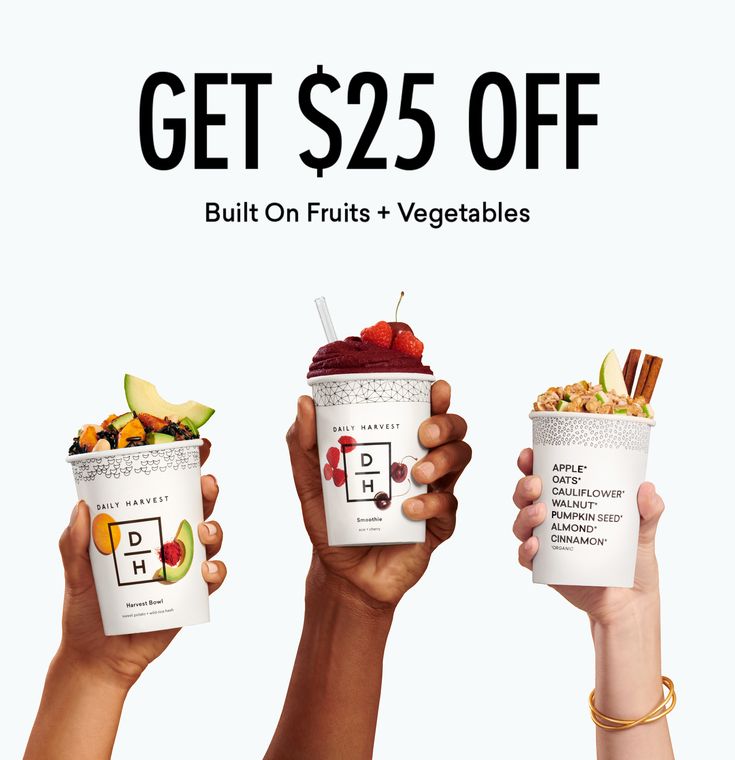 This option will be attractive for those who do not want to keep track of every second spent on the project, and are confident in the quality of their audience and their influence. nine0003
This option will be attractive for those who do not want to keep track of every second spent on the project, and are confident in the quality of their audience and their influence. nine0003 But it is important to understand that there is a certain relationship between the number of subscribers and engagement. As a rule, the more followers, the less engagement on the account. This is due to many factors, including the fact that subscribers believe that if there are more than 30K+ likes on a post, then you don’t need them anymore.
To calculate how much a blogger should charge for advertising, taking into account engagement, follow the following scheme:
- Calculate the average number of likes per post. For calculation it is recommended to take into account the last 12 posts. Output the total number of likes and divide by 12.
- Determine the average number of likes by counting all the comments under the last 12 posts and dividing the number by the number of posts.
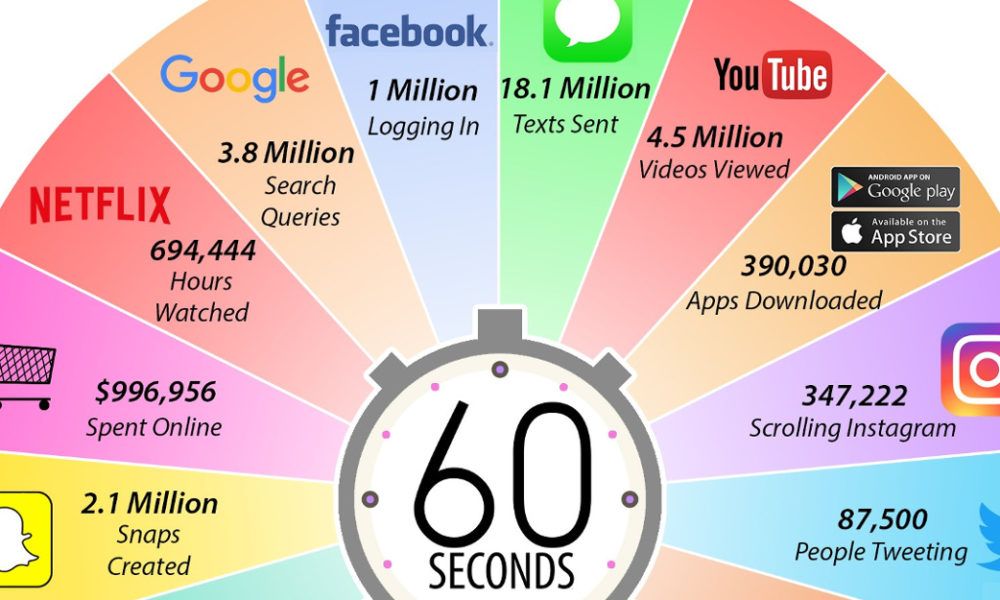
- Calculate the average number of activities per post by adding the average number of likes and comments.
Next, you can determine for yourself the optimal cost for one user activity and calculate how much it will cost to place a post with you. nine0003
For example:
- average number of likes under posts 3000;
- average number of comments 75;
- total activity of users under post 3075,
- the selected price for one activity is $0.1.
Total: posting will cost $307.5 (3075 x 0.1).
You can automatically calculate engagement and get a lot of other useful statistical information about your profile through trendHERO.
Because comments require more effort from users, you can set separate fees for likes and comments if you wish. Remember also that brands always like to get more than they planned. Offer a discount, several posts instead of one, additional content with a product as a courtesy. nine0003
Payment by CPM
The third option is to calculate the cost of advertising by CPM.
 CPM (abbr. from Cost per mille) is a marketing term that shows the cost per thousand impressions or subscribers, taking into account their engagement.
CPM (abbr. from Cost per mille) is a marketing term that shows the cost per thousand impressions or subscribers, taking into account their engagement. To calculate your CPM payment, follow a few simple steps.
Step 1: Calculate Engagement
First of all, you need to calculate the level of engagement on your account. For this you need:
- Add up the average number of likes and comments per post. nine0014
- Divide the resulting value by the number of followers on the account and multiply by 100%.
Average cost of payment for 1000 impressions difference depending on the level of engagement of subscribers:
- 1.5-3% participation - 5 USD;
- 3-5% - 7 USD;
- 5-8% - 10 USD;
- > 8% - 15 USD.
Step 2: Follower count
Next, divide the number of followers by 1000. For example, if you have 250K followers in your account, then the value for the formula CPM will be 250.
Step 3: CPM calculation
Now all that remains is to substitute the obtained values into the formula and calculate:
- Advertising price = CPM value by engagement level x per subscriber rate.
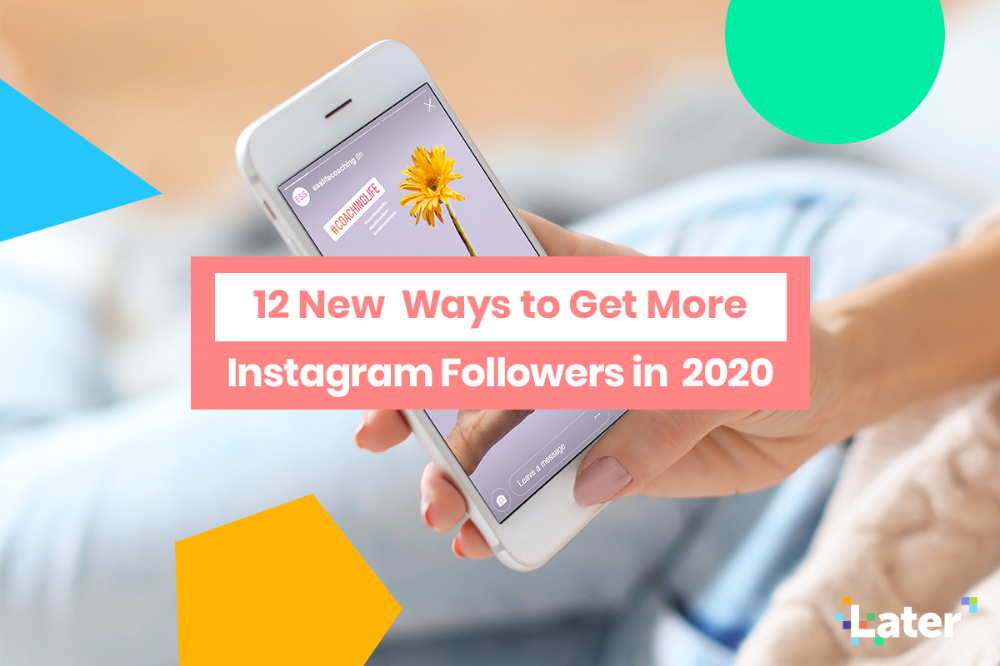
For example, let's take an account with 25K followers and 3-5% engagement. The calculations for it will look like this:
- 7 USD x 25 = 175 USD per post.
Brands also often use pay per 1000 impressions. To calculate the CPM in this case, you should:
- Take the average number of impressions a post gets and divide by 1000.
- Multiply the resulting value by the cost per impression. The average cost is 20 USD, which formally means 2 cents per impression.
Calculation example for an account where 20000 is the average number of impressions: (20000/1000) x 20 = 20 x 20 = 400 USD.
As a rule, the engagement and impressions for Stories and regular posts are different. Therefore, for each specific ad format, you should display its own cost. Sometimes the cost of placement may be intentionally increased compared to the base rate. For example, if it takes many times more time and skills to create an advertising publication for all brand requirements than for a regular one.
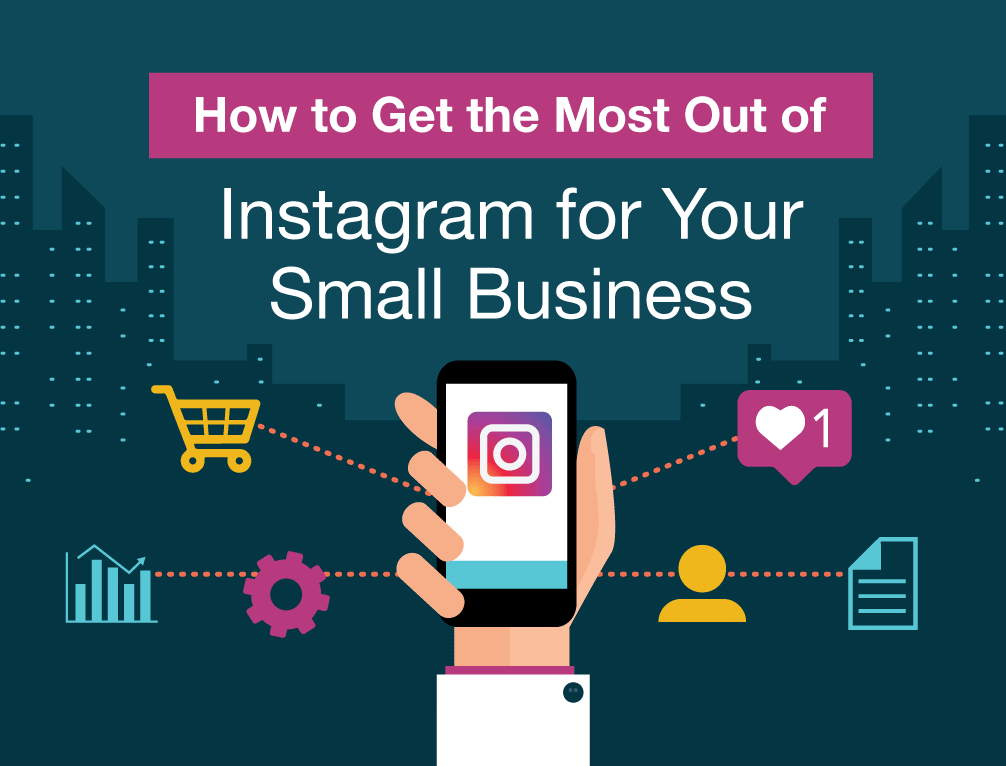 nine0003
nine0003 Other methods
There are several other ways to determine the optimal cost of advertising in your account. The methods below do not require special calculations, but make it easy to navigate the market situation.
Use the calculator
You can use online calculators to calculate the cost of a sponsored post. It is convenient, simple and does not require much time. But you have to trust the average formula derived by professionals. nine0003
For example, the mafluence.com service allows you to calculate the cost of advertising based on the number of subscribers, their activity, engagement level, and many other factors. To make a calculation, you only need to specify a nickname.
The calculator from influencermarketinghub.com works in much the same way. With it, you can also calculate the approximate cost of advertising based on the number of subscribers, their involvement, and some other statistics by entering only the account name in the appropriate line.
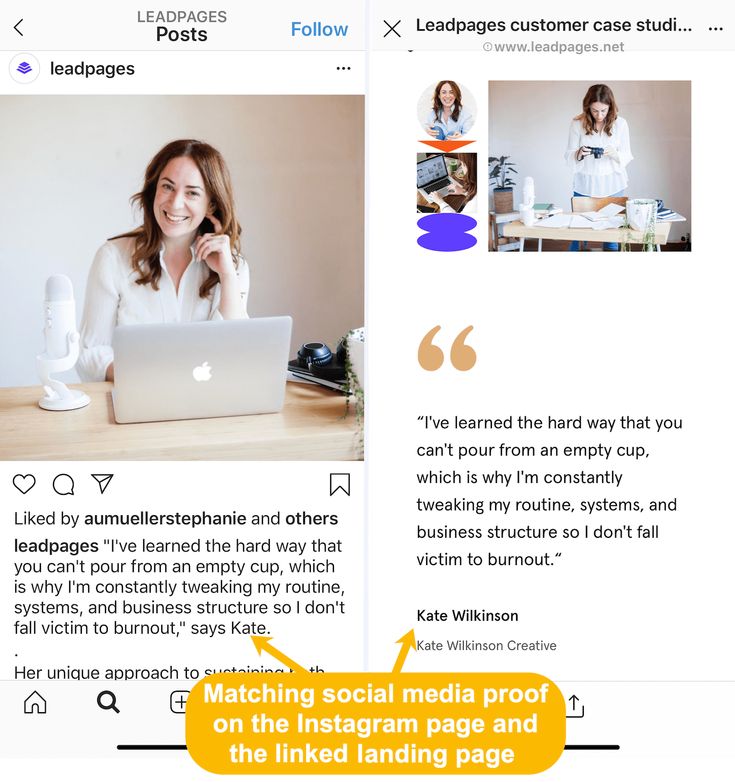 nine0003
nine0003 Monitor competitors
You can determine the approximate cost per post by analyzing competitors. You can find out the cost of placing an advertising post directly, for example, by asking the owner of another account, or by searching for prices in chats and customer groups, on advertising exchanges.
Knowing the cost of advertising in accounts like yours, you can also create competitive offers for advertisers by offering discounts or slightly more material for the same cost. nine0003
Specify the budget of the brand
Any negotiations on cooperation should begin with the clarification of the customer's budget. Of course, you should already have your own minimum bar calculated, below which you would not cooperate. But it’s still worth considering the brand’s budget.
Knowing the brand's budget, you can act in several scenarios:
- Develop an offer based on the brand's needs and budget.
- Reduce the time spent on creating content and thereby reduce the cost of advertising for the brand.
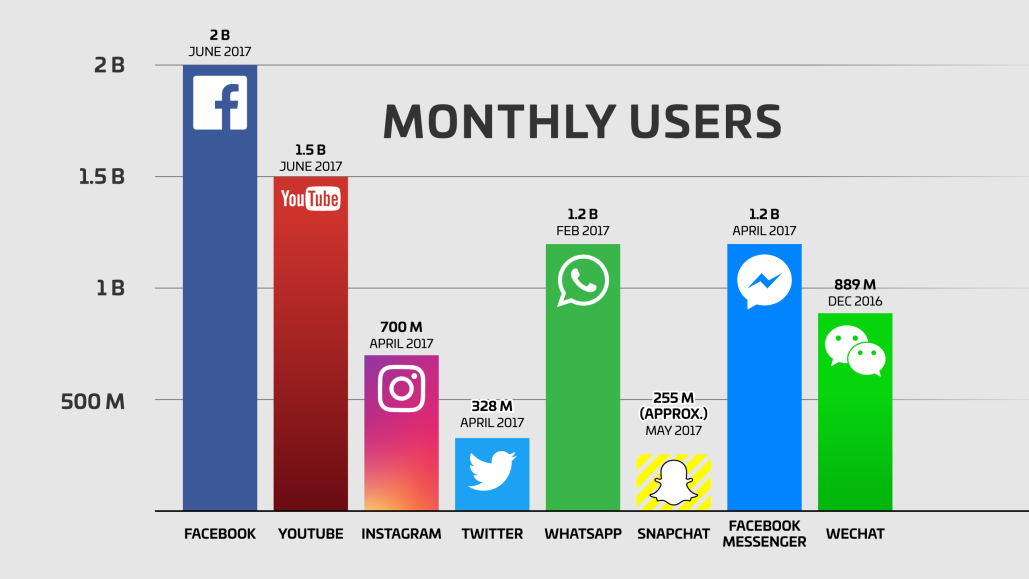 nine0014
nine0014 - Get more than originally planned if the customer's budget is more than the standard cost of placement in your account.
It may also happen that the applied brand does not have an advertising budget. Of course, unpaid work does not pay bills, but sometimes it is worth accepting such offers. Especially if you need experience and feedback.
Some brands offer barter, interesting collaborations, they are ready to provide free copies of their products in exchange for publication. And although such cooperation will be less profitable from a financial point of view, it can still be useful both for gaining experience and for establishing relationships. nine0003
In calculating the cost of advertising, everything is very individual. All influencers are at different levels, have their own strengths and weaknesses, and produce content of varying quality. The final cost of placement can be determined only by you. After all, only you know for sure how subscribers trust you, how long it takes to create high-quality content, and how real the activity in the profile is.
